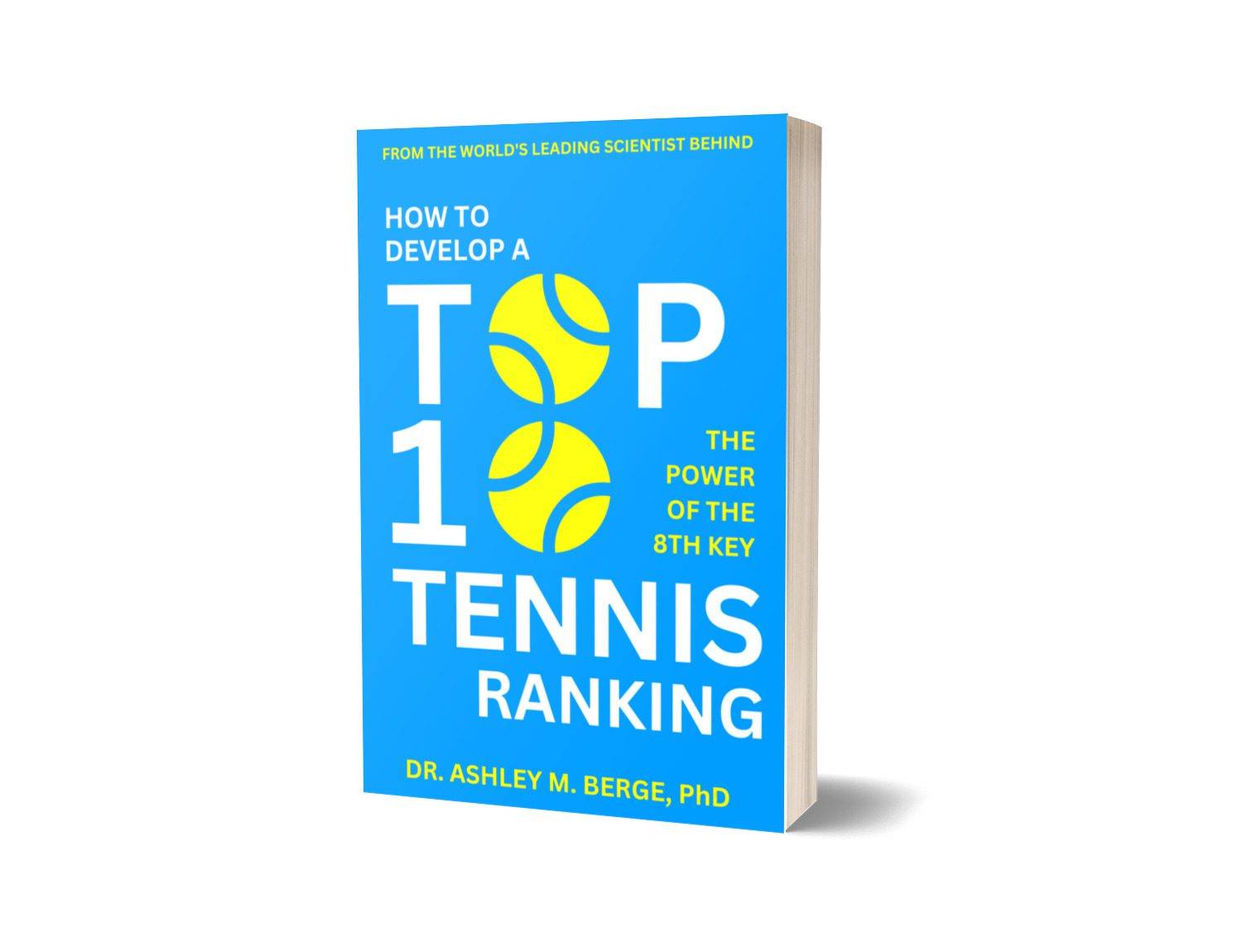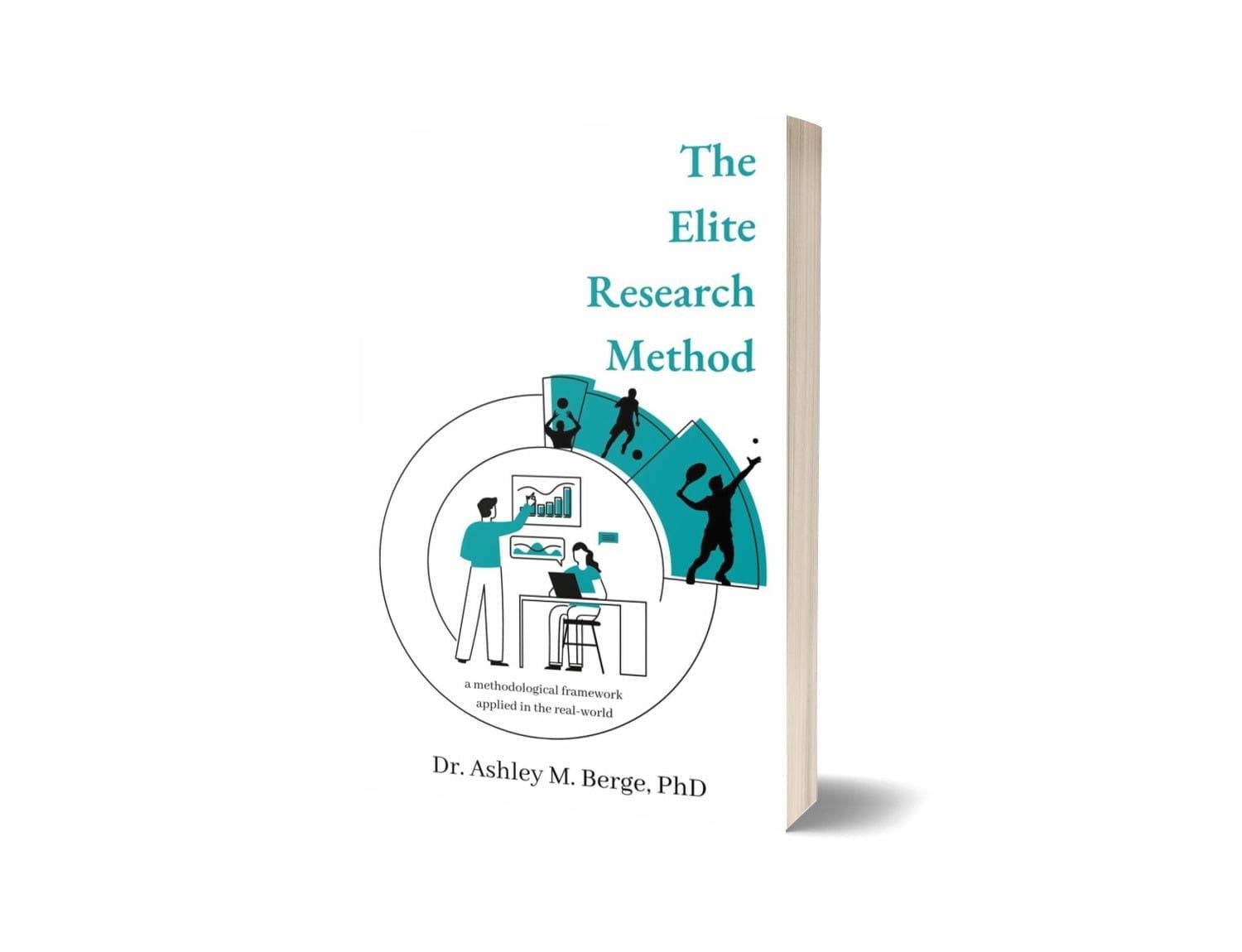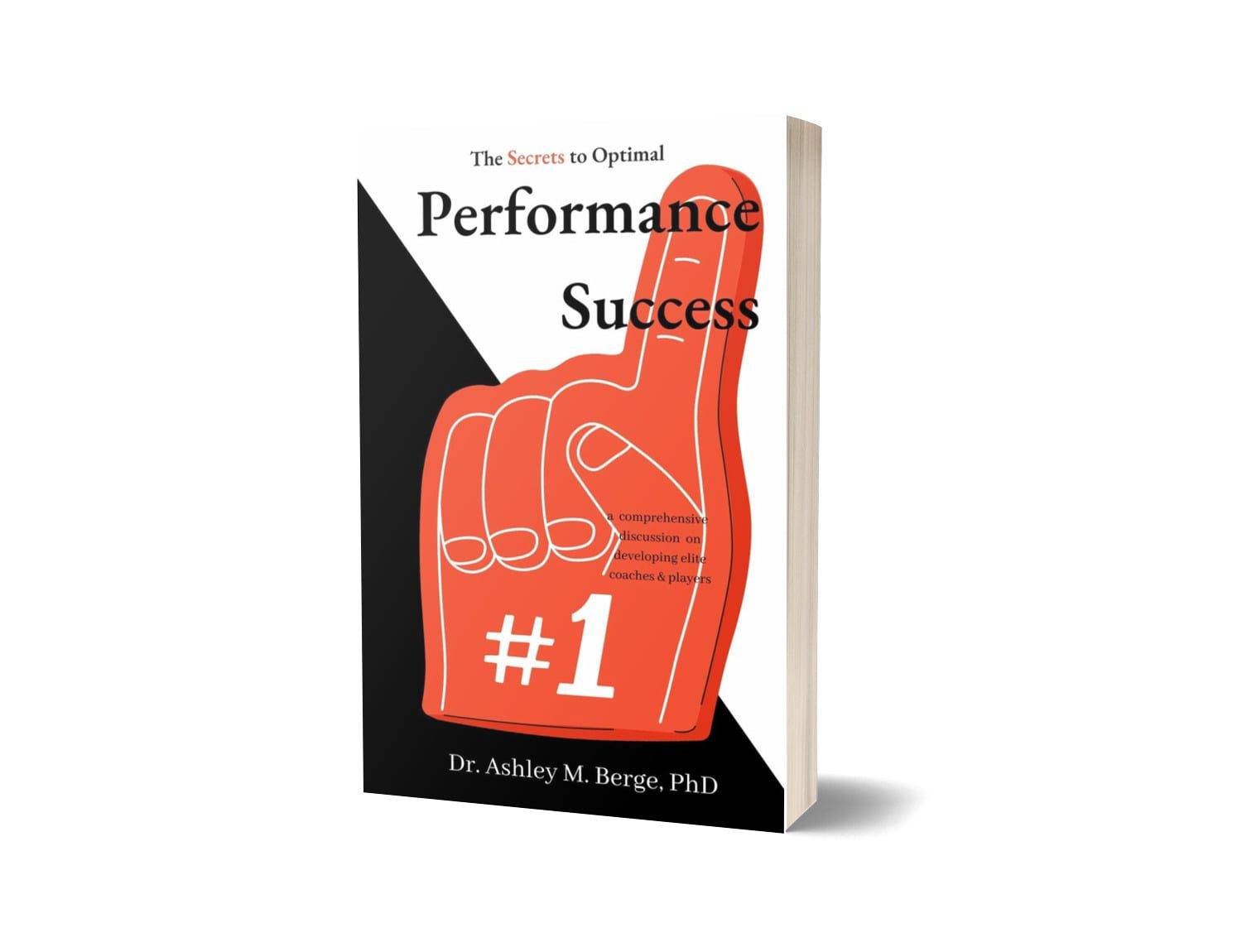
Introduction: Strategic Insights in Modern Tennis
(00:00 – 05:15)
Dr. Ashley M. Berge introduces the episode by discussing the evolving strategies in modern tennis. She highlights how tennis has transformed from being predominantly a physical sport to one that increasingly values mental sharpness, tactical awareness, and adaptive strategies. While physical ability remains vital, the best players in the world combine athleticism with strategy and mental resilience to outperform their peers.
She emphasises that pre-match analysis has become a significant part of modern tennis, with players often spending hours studying their opponents’ past matches. This insight allows them to anticipate patterns and develop a game plan that exploits their opponents’ weaknesses.
The episode touches upon the role of elite coaches in this context, noting that players ranked in the Top 10 often have access to teams that specialize in performance analysis. By working closely with their coaches and sports analysts, players such as Player A, who holds a Top 3 ranking, have the strategic tools to stay ahead of their competition.
Theme 1: The Role of Pre-Match Rituals in Performance
(05:16 – 15:35)
One of the key topics Dr. Berge explores is the importance of pre-match rituals. Many top players, including Player B(recently in the Top 10), rely on specific routines before stepping onto the court. These rituals serve not only as a way to prepare physically but also as a mental trigger, signaling to the athlete that it is time to focus and compete.
She notes that these rituals often include activities such as listening to music, engaging in light stretching, or performing repetitive drills. These actions are designed to put the player in the right headspace, allowing them to enter a state of flow—a mental state where they are fully immersed in the task at hand, minimizing distractions and increasing performance.
Dr. Berge underscores that these rituals are personalized; what works for one player may not necessarily work for another. For instance, Player C (ranked between Top 5-10) has a unique pre-match routine involving meditation and breathing exercises, which they credit for improving their focus during critical moments in matches.
Theme 2: Recovery and Longevity in Tennis
(15:36 – 28:10)
Recovery is highlighted as a critical element in ensuring both short-term performance and long-term career success. Dr. Berge emphasizes that top-ranked players like Player D (Top 5) have embraced cutting-edge recovery techniques to extend their careers and sustain peak performance.
One method discussed is active recovery, which involves engaging in low-intensity activities like swimming or cycling on rest days. These activities promote blood flow and muscle repair without the strain of regular training. Dr. Berge also mentions the role of nutrition and hydration in the recovery process, with a particular focus on ensuring adequate intake of electrolytes to prevent cramping and dehydration during matches.
The discussion moves to the use of technology in monitoring player health. For instance, wearable technology that tracks heart rate variability and muscle recovery is used by many elite players. This data allows athletes to adjust their training and recovery strategies based on real-time feedback from their bodies.
Theme 3: The Psychological Aspect of Tennis
(28:11 – 38:55)
In this section, Dr. Berge delves into the mental side of tennis, a subject she stresses is just as important as physical preparation. Tennis is a mentally taxing sport, requiring players to remain focused for long periods, often over multiple hours in high-pressure environments. She explores how players in the Top 10, like Player E, use psychological strategies to cope with the mental demands of the sport.
Visualization is one technique discussed at length. By imagining themselves successfully executing shots or winning key points, players prepare their minds for the challenges ahead. Visualization helps reduce anxiety, improve concentration, and boost confidence before and during matches.
Mental resilience is also highlighted as a distinguishing factor among top players. Dr. Berge shares insights on how elite athletes bounce back from setbacks, such as losing a crucial point or dealing with injuries. These moments often define their careers, and the ability to stay mentally strong despite adversity is a key to maintaining a high ranking.
Theme 4: Strategic Adjustments During Matches
(38:56 – 49:45)
Dr. Berge explores how players make in-game adjustments to improve their chances of winning. She explains that while players enter a match with a clear strategy, they must also adapt to the dynamics of the game as it unfolds. This ability to make quick, tactical decisions is what separates the top players from the rest.
A case in point is Player F (Top 3), who is known for making mid-match changes to their strategy based on how their opponent is playing. Whether it’s adjusting their serving technique or shifting to a more defensive or offensive style, these adaptations can turn a match around.
Dr. Berge emphasizes that adaptability is key for players to survive in the upper echelons of tennis. Players who are able to read the game and modify their strategies are often the ones who find long-term success, even when facing physically superior opponents.
Theme 5: The Influence of Data Analytics on Tennis
(49:46 – 1:01:30)
In recent years, data analytics has become a game-changer in tennis. Dr. Berge explains how players and coaches use data to enhance performance by studying statistics on player movement, shot selection, and match patterns. Player G, who ranks in the Top 10, is a known advocate of data-driven strategies, utilizing analytics to refine their serve and optimize their groundstrokes.
Analytics allow players to break down their own game as well as their opponents’. For instance, by identifying an opponent’s weaker side or tendencies under pressure, a player can adjust their strategy to exploit those weaknesses. Dr. Berge adds that data is not just limited to the technical aspects of the game; it also helps monitor physical metrics such as fatigue levels and injury risks.
This section underscores how tennis has evolved into a highly technical sport, where success is increasingly dependent on the ability to leverage data alongside physical and mental preparation.
Theme 6: Dr. Berge’s Innovative Data Analysis Tools
(1:01:31 – 1:14:50)
A significant contribution from Dr. Berge to the world of tennis performance is her development of innovative data analysis tools. She explains that traditional methods of evaluating player performance often focus on basic statistics such as win-loss ratios, serve speeds, and shot percentages. However, these data points do not provide the full picture of an athlete’s strengths and weaknesses.
Dr. Berge’s tools, which are designed to offer a more granular analysis of player performance, go beyond traditional metrics. These tools capture detailed information about player movement, reaction times, and even decision-making patterns during high-pressure moments. For example, her system tracks how quickly a player transitions from defense to offense or how they respond to their opponent’s shot choices.
One of the standout results from these tools is the success of Player H, ranked in the Top 5, who improved their match play by focusing on areas of weakness identified by Dr. Berge’s system. The analysis revealed that Player H struggled with decision-making under pressure, particularly on the backhand side. Through targeted training based on this data, they significantly improved their performance, contributing to their rise in the rankings and their first Grand Slam quarter-final appearance.
Dr. Berge emphasizes that these tools are not just for elite players. They are designed to be adaptable to players at various levels, helping them understand their game in a more scientific and structured way. This personalized feedback has helped many players, including Player I, consistently ranked in the Top 10, to refine their game and achieve greater success on the court.
Theme 7: Achieving Grand Slam Success through Data-Driven Strategies
(1:14:51 – 1:25:30)
Dr. Berge transitions to a discussion on Grand Slam success, explaining how her data analysis tools have proven particularly effective in helping players perform at their best during these high-stakes tournaments. Players such as Player J, who has broken into the Top 10 and reached multiple Grand Slam semi-finals, have benefited from these innovative strategies.
What sets Dr. Berge’s tools apart is their ability to analyze not only an athlete’s physical performance but also the mental aspects of the game, such as mental fatigue and focus consistency. Grand Slam tournaments require players to sustain their peak performance over the course of two weeks, often playing five-set matches in intense environments. By monitoring these mental and physical factors, Dr. Berge’s system can suggest adjustments to training and recovery routines that prepare players for the grueling nature of these tournaments.
In one case study, Player K—a rising star who reached the finals of a Grand Slam after using Dr. Berge’s tools—made specific tactical adjustments during their matches based on real-time data from the analysis. These adjustments, which included changes to their serve placement and returning patterns, played a pivotal role in their success on the biggest stage.
Theme 8: Future of Data-Driven Tennis
(1:25:31 – End)
As the episode concludes, Dr. Berge reflects on the future of tennis and how data will continue to shape the sport. She predicts that the next evolution of tennis will be driven by more sophisticated forms of data analysis, including AI-driven tools that can process vast amounts of player information in real-time. These tools, she believes, will allow players to receive immediate feedback during matches, further blurring the line between strategy and execution.
Dr. Berge also highlights how her work has opened doors for younger players to gain access to professional-level data analysis early in their careers. By starting with data-driven insights, players can develop their game more efficiently and avoid many of the pitfalls that come from relying solely on intuition or traditional coaching methods.
She concludes by emphasizing the importance of constant innovation in the sport. As tennis evolves, so too must the ways in which players and coaches approach the game. Dr. Berge’s data analysis tools are just the beginning, and she sees a future where every top player incorporates personalized, data-driven strategies into their training and match play, with the goal of achieving not just Top 10 rankings, but also consistent Grand Slam victories.
References
- Player A – Top 3 ranking.
- Player B – Recently broke into the Top 10.
- Player C – Top 5-10 ranking.
- Player D – Top 5 ranking.
- Player E – Top 10 ranking.
- Player F – Top 3 ranking.
- Player G – Top 10 ranking.
- Player H – Top 5 ranking.
- Player I – Top 10 ranking.
- Player J – Top 10 ranking.
- Player K – Top 5 ranking.
Note: you just read an automated summary of episode #125 — if you found this helpful and/or pieces were not as accurate as you’d like, please let us know and be mindful that intermittently these automated summaries will be shared for those of you who seek a quick snapshot of our episodes.
To learn more about our data, predictive analytics and how to optimise your own performance, head on over to AM8 International. To learn more about AM8 International check out our selection of Books and/or options to join Dr B’s Pack to gain exclusive access to the best in the world. Not quite ready? Head on over to Beyond Top 10 Tennis for free access to 100+ episodes directly from Dr Berge of what it really takes to win multiple Grand Slams to securing that Top 10 tennis ranking with new episodes each week. More? Join Dr Berge’s Newsletter on Substack, come say “hi” on Topicthread, BlueSky, X, YouTube or Instagram that may very well include quick snippets you can apply in your game, today, or even consider leaving a review on Amazon or Google.
















